
The Sun produces heat and light through nuclear fusion, converting hydrogen into helium. In this respect, it’s a pretty typical star. Around 90 per cent of all stars are undergoing the same process, referred to as the main sequence of the stellar life cycle. Even so, there are some striking exceptions, such as stars of very low or very high mass or ones that have exhausted all their nuclear fuel. Here we take a look at some of these extreme stars – from brown dwarfs to supergiants and from neutron stars to weird hybrid stars. But first it’s worth reviewing the basics of stellar evolution.
Although the stars in the night sky look similar to the naked eye, there’s actually a wide variety of stellar types. This is partly because we see different stars at different points in their evolutionary cycles. This proceeds much too slowly for us to observe directly, so each star is like a single snapshot along the evolutionary path. It begins in a cloud of interstellar gas, where knots can form with sufficient mass that they start to collapse under their own gravity. As the collapse proceeds, the material gets hotter and denser, eventually forming protostars. Not all protostars are equal, even those formed in the same interstellar cloud at the same time. They come in a wide range of masses, from much smaller than our own Sun to many times larger. What happens next depends on the mass of the protostar. All but the very lowest mass stars soon become hot enough for nuclear fusion to take place, putting them on the main sequence. Somewhat paradoxically, however, it’s the high-mass stars that burn through their nuclear fuel most rapidly before moving on to the later – and often much more dramatic – phases of stellar evolution.
BROWN DWARFS
Denne historien er fra Issue 141-utgaven av All About Space UK.
Start din 7-dagers gratis prøveperiode på Magzter GOLD for å få tilgang til tusenvis av utvalgte premiumhistorier og 9000+ magasiner og aviser.
Allerede abonnent ? Logg på
Denne historien er fra Issue 141-utgaven av All About Space UK.
Start din 7-dagers gratis prøveperiode på Magzter GOLD for å få tilgang til tusenvis av utvalgte premiumhistorier og 9000+ magasiner og aviser.
Allerede abonnent? Logg på
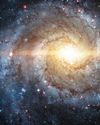
MYSTERIES OF THE UNI WHERE ARE ALL THE SPIRAL GALAXIES?
There are far fewer spiral galaxies than elliptical ones in the Supergalactic Plane, and scientists are keen to discover why
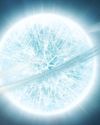
ZOMBIE STARS
+10 OTHER TERRIFYING SPACE OBJECTS

HOW TO BEAT LIGHT POLLUTION
Thought it was impossible to observe the wonders of the night sky from towns and cities? Think again. Follow our tips and tricks on successfully observing through sky glow
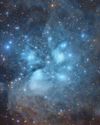
15 STUNNING STAR CLUSTERS
These beautiful stellar groupings are spattered across the cosmos

Eileen Collins "It was a difficult mission...we were the first to see Mir"
Having served as both the first female pilot and first female commander of NASA's Space Shuttle, Collins boosted the involvement of women in space exploration to a whole new level
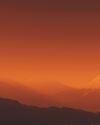
MARS LEAKS FASTER WHEN IT'S CLOSER TO THE SUN
The Red Planet has lost enough water to space to form a global ocean hundreds of kilometres deep
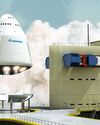
FUTURE TECH KANKOH-MARU
This ambitious reusable spacecraft will be capable of taking 50 people to and from orbit

THE FINAL FRONTIER
Beyond the reach of the Sun is a fascinating region of the cosmos that were only just beginning to explore
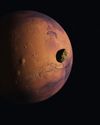
A long-lost moon could explain Mars' weird shape and extreme terrain
A long-lost moon could explain why Mars is so different from the other rocky planets in the Solar System. Today Mars has two tiny moons.
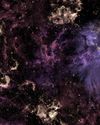
A sprinkling of cosmic dust may have helped kick-start life on Earth
Cosmic dust may have helped kick-start life on Earth. New findings challenge a widely held assumption that this wasn't a plausible explanation.